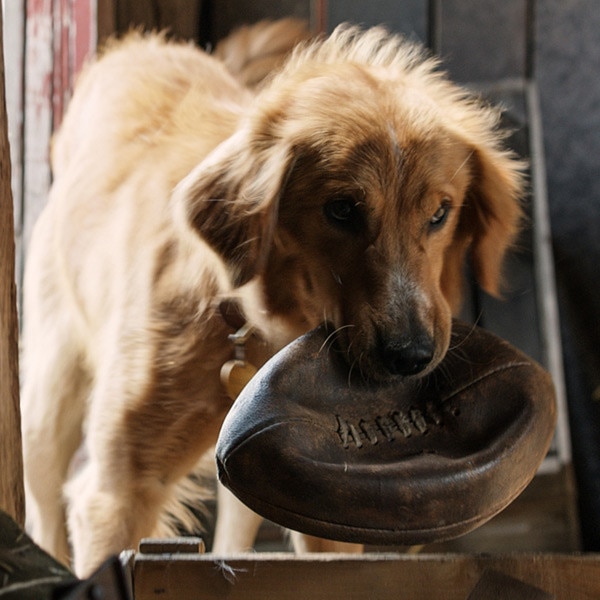

#A dogs purpose exposed install
It’s also easy to install and won’t require you to use any special tools. Bubble Wrapīecause it is essentially nothing more than a bunch of tiny air pockets, bubble wrap can make a great insulator. For example, if you wanted to use fiberglass insulation and foil, you could begin by adhering the foil to the inside walls of your dog’s house, followed by a layer of fiberglass foam, and then wood or plastic panels to keep the fiberglass in place. In fact, these types of foils can be used in conjunction with most other types of insulation.

Reflective insulation products are likely the best option for many dog owners as they’re easy to install, relatively affordable, and highly effective. There are several types of reflective foil on the market, which will help reflect your dog’s body heat right back at him. If the walls of your dog’s house are solid, you’ll need to tack or staple the fiberglass fabric to the inside of the walls and then cover it with plastic or wood panels. If your dog’s house features hollow walls, you can just stuff it inside.
#A dogs purpose exposed skin
However, fiberglass insulation is pretty irritating to the skin (and lungs, if the fibers become airborne), so you’ll need to take precautions while you work with this material.Īdditionally, you’ll want to keep the insulation sealed up in a way that prevents your dog from coming in contact with it.
#A dogs purpose exposed plus
It’s reasonably affordable and very easy to install plus it’ll keep your dog’s house cozier than many of the other materials on this list.Īnd, unlike many other materials, you won’t need to use a table saw to cut it – a pair of heavy-duty scissors will suffice. Fiberglass Insulationįiberglass insulation – the pink stuff you see in your attic – is a great option for your dog’s house. Alternatively, if your dog’s house has hollow walls, you can often stuff the insulating material inside this space. The best way to do so is by cutting out wood or plastic panels which can then be installed on top of the insulating material. It’s also important to point out that many of these insulating materials will need to be covered to prevent your dog from getting into physical contact with them. We’ve tried to list the various options from the simplest to the most unusual. Note that a few of these options are pretty straightforward, while others are a bit more unusual and creative. Different Ways to Insulate Your Dog’s House We’ll talk about eight different ways – which primarily differ in terms of the materials you’ll need to use - to do so below. This will help keep your dog warmer in the winter, and it won’t cost you a fortune either. However, most owners should be able to insulate their dog’s house without too much effort. The downside is that some of these methods are a bit complicated, so they aren’t viable options for all owners. You can physically warm up your dog’s house in a few different ways too – whether you want to use electricity to heat your dog’s house or not, there are several possibilities. We’ve talked about these kinds of dog houses before, so take a look at our guide to the best winter dog houses if this sounds like a good option for you and your pet. I f you are starting from scratch, the easiest thing to do is just set your dog up with a dog house that is specifically designed to keep him warm. If your dog spends a lot of time hanging out in the backyard, it is important to make sure he has a good dog house that’ll give him a way to retreat from temperature extremes.


 0 kommentar(er)
0 kommentar(er)
